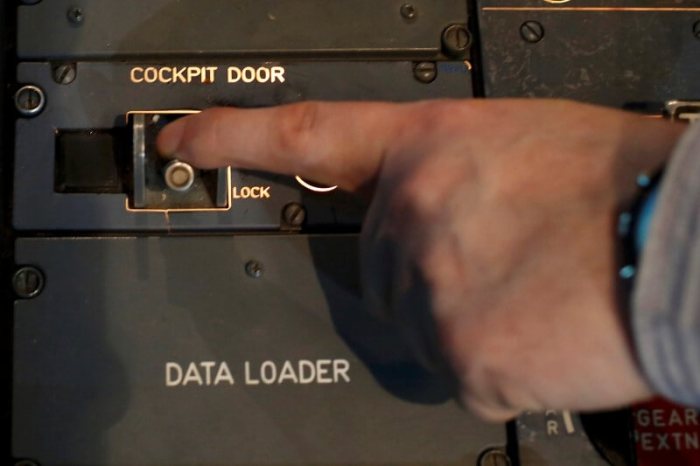Compassion is something that should be worn proudly like a badge. With so many in the world in desperate need of relief, any donations or acts of charitable kindness can’t be underestimated or devalued. But what happens when charities and nonprofits cannot properly deliver on their proposals after receiving donations from good-hearted strangers?
Philanthropy and nonprofit strategy experts William F. Meehan III and Kim Starkey Jonker, co-authors of the new book “ENGINE OF IMPACT: Essentials of Strategic Leadership in the Nonprofit Sector“, have performed extensive research into how nonprofits can better allocate their funds to be more effective.
In their research, conducted in collaboration with the Center for Social Innovation at Stanford Graduate School of Business, the Stanford Center on Philanthropy and Civil Society, Stanford Social Innovation Review, GuideStar, and BoardSource, they found that “80% of nonprofits struggle with leadership and management” while only “11% are ready to scale for impact”.
With many donations being submitted to various charities and foundations in response to natural disaster relief and humanitarian crises all over the globe, why is it that nonprofits have such a difficult time reaching their benchmarks year after year?
“The current situation in nonprofits has been called the ‘starvation cycle’,” explains Meehan, “and the reason is that foundations, and even individuals, very often give a grant for a specific program for one year without covering for all of overhead. Imagine you’re a business or any organization. That means you’re always begging for money and you’re never quite getting there.”
With helpful government grants being harder and harder to come by nowadays, this current “starvation cycle” model puts the pressure on nonprofits to budget their available funds wisely. But when a nonprofit’s focus goes from solving the world’s problems to paying their overhead costs year after year, that’s where the problems start.
“In the introduction (of the book) we cite the results of a very sophisticated model we built which says that US philanthropy this year is about $400 billion. Maybe a third goes to churches,” says Meehan, “in 2025 it’s going to be close to $600 billion and that’s going to be $1 to 300 billion short of what the nonprofits need to do what they’re doing.“ With such daunting obstacles before them, Meehan and Jonker site 7 factors in their book that nonprofits need to perform against to “earn the right to more philanthropy” from the public and stay on the right track.
So, now knowing what nonprofits are up against, how can the general public be sure their charitable donations are being used to the full extent by these foundations? According to Jonker, it’s as simple as taking the time to do your research. “People will respond to a request from a development official or a friend rather than doing the actual research they need to do to look at organizations and say ‘which one is the highest performing nonprofit out there?’”
In fact, research shows that less than 10% of donors do their research before donating to nonprofit organizations, while the other 90% may go towards nonprofit organizations that have the most visible presences. So next time you feel yourself getting pulled into donating towards a cause based on a nonprofit organization’s marketing campaign, do some googling on your own to find out if your donation would be more helpful in the hands of a different organization.
To learn more and order a copy of their book, make sure you check out www.engineofimpact.org.



















